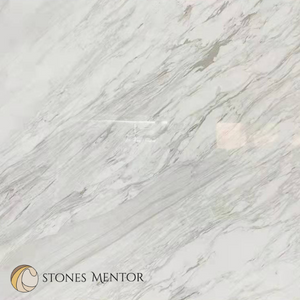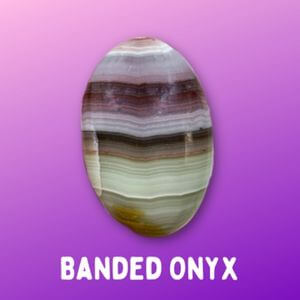Dolomitic marble | Uses, Benefits, Advantages, and Drawbacks


Dolomitic marble is a metamorphic rock that forms when dolomite is subjected to high temperatures and pressures. Dolomite is a mineral composed of calcium and magnesium carbonate. When dolomite undergoes metamorphism, it recrystallizes into marble. Dolomitic marble is characterized by its distinctively pink or reddish coloration. This type of marble is often used in sculpture and architecture. It is a popular choice for countertops and flooring. This marble is less durable and rigid than other types of marble so it may require more care and maintenance. However, its unique coloration makes it a desirable material for many applications.
In this article, we will tell you about the following:
History of Dolomitic marble:
This marble is named after the French mineralogist Deodat de Gratet de Dolomieu (1750-1801), who first described it in 1791. Carl Linnaeus first used the term dolomite in 1768, and now it is a common rock name known worldwide.
Origin:
In antiquity, significant sources of high-quality dolomitic marbles are rare. It is mainly mined from the Carrara Marble of Italy, the U.S. state of Vermont, and Greece. The Greek city-state of Athens was renowned for its high-quality dolomitic marble, which was used to construct several iconic buildings, such as the Parthenon and the Temple of Zeus. This marble was also used extensively in ancient Rome. The Pantheon and Colosseum are two of the most notable buildings constructed from this material.
Chemical Properties of Dolomitic marble:
It is composed of calcium and magnesium carbonate. It also contains small amounts of iron, silicon, and aluminum. The presence of iron oxide causes this marble’s distinct pink or reddish color.
Properties:
Dolomitic marble is less durable than other types of marble due to its lower magnesium content. It is also more receptive to staining and scratching. However, its unique coloration makes it popular for many applications, such as countertops, flooring, and sculpture.
Care and Maintenance:
This marble has significantly less hardness and may require more care and maintenance. It should be cleaned regularly with mild detergent and water to maintain its appearance. Furthermore, it is also essential to prevent the use of harsh cleaners or abrasive pads, as these can damage the surface of the marble. It is also very susceptible to staining, so it should be sealed regularly.
Uses of Dolomitic marble:
Dolomitic marble is famous for countertops, flooring, and sculpture because of its unique coloration. However, it is less durable than other types of marble and requires more care and maintenance. It should be cleaned regularly with mild detergent and water. It is also necessary to avoid using harsh cleaners or abrasive pads, as these can damage the surface of the marble. This marble is also more susceptible to staining, so it should be sealed regularly. This marble, combined with Midnight Lace Obsidian and Tanzberry quartz, gives an attractive look.
Benefits of Dolomitic marble:
The unique coloration of dolomitic marble makes it a popular choice for countertops, flooring, and sculpting. However, it is less durable than other types of marble and requires more care and maintenance. Fused with Black spinel and Oregon fire opal, it gives a sparkling and shining glow.
Drawbacks of Dolomitic marble:
Dolomitic marble is less durable than other types of marble and requires more care and maintenance as it only has a hardness score of 3.5 – 4 on the Mohs scale. It should be cleaned regularly with mild detergent and water to maintain its appearance. It is also crucial to avoid using harsh cleaners or abrasive pads, as they may damage or harm the surface of the marble. Dolomitic marble is also more susceptible to staining, so it should be washed and sealed carefully.
Conclusion:
Dolomitic marble is a popular choice for countertops, flooring, and sculpting because of its unique coloration. However, it is less durable than other types of marble and requires more care and maintenance. Dolomitic marble should be cleaned regularly with mild detergent and water to maintain its appearance. It is also essential to avoid harsh chemicals and cleaners as they may harm the marble. I personally don’t recommend it to you as it is very fragile for a marble. Instead, you can use white onyx, which is much more durable than it.
I hope you found this article helpful. If you have any questions related to this topic, please leave a comment down below.
Disclaimer:
*Please note that this content is meant for information purposes only. It should not be used as medical advice. Don’t hesitate to contact a doctor or medical professional if you have any health concerns.*


